What could the curriculum be – if it was designed by the people who dropped out of school so that they could breathe? The latest issue of Chimurenga provides alternatives to prevailing educational pedagogy. Through fiction, essays, interviews, poetry, photography and art, contributors examine and redefine rigid notions of essential knowledge.
Presented in the form of a textbook, Chimurenga 15 simultaneously mimics the structure while gutting it. All entries are regrouped under subjects such as body parts, language, grace, worship and news (from the other side), numbers, parents, police and many more. Through a classification system that is both linear and thematic, the textbook offers multiple entry points into a curriculum that focuses on the un-teachable and values un-learning as much as it’s opposite.
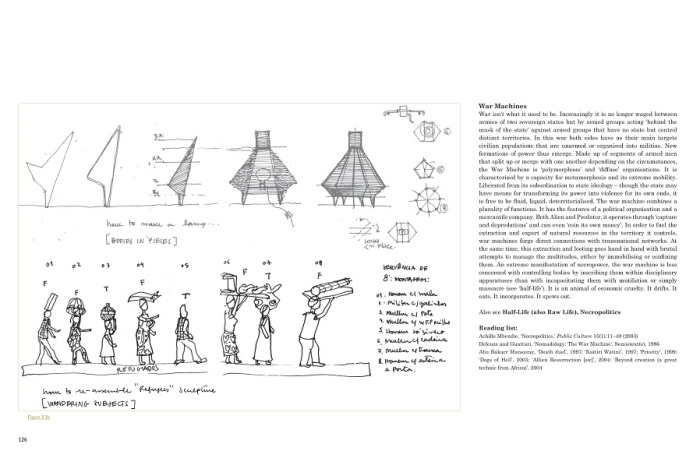
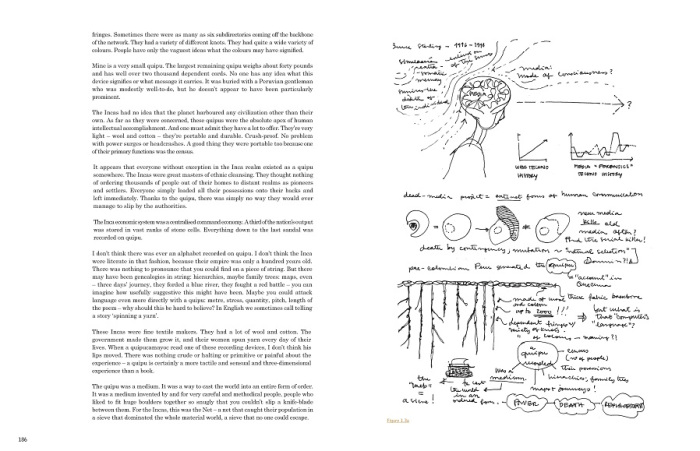
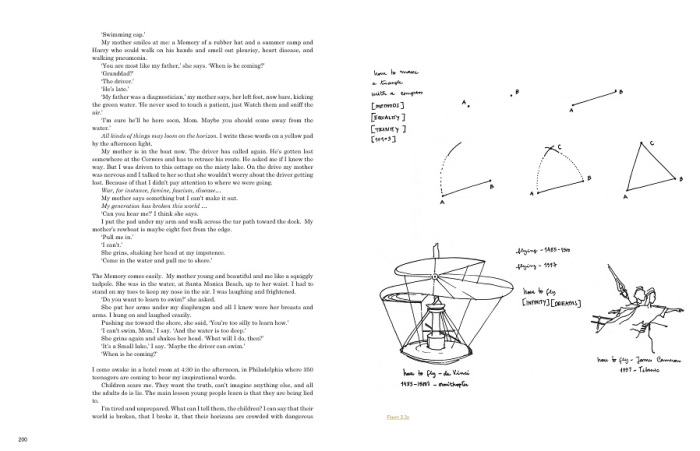
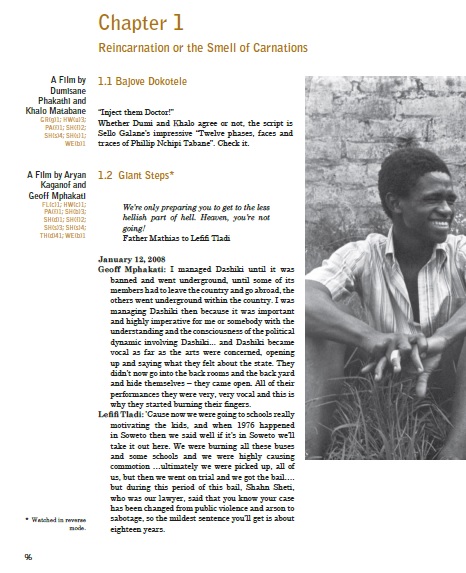
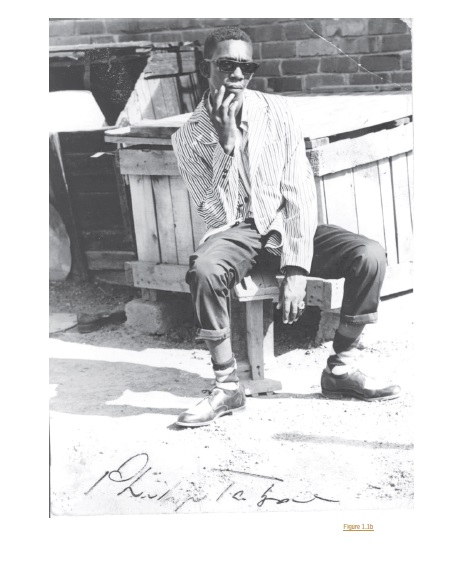


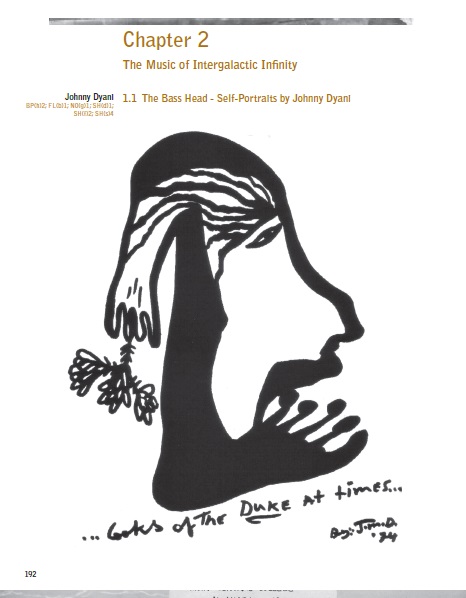
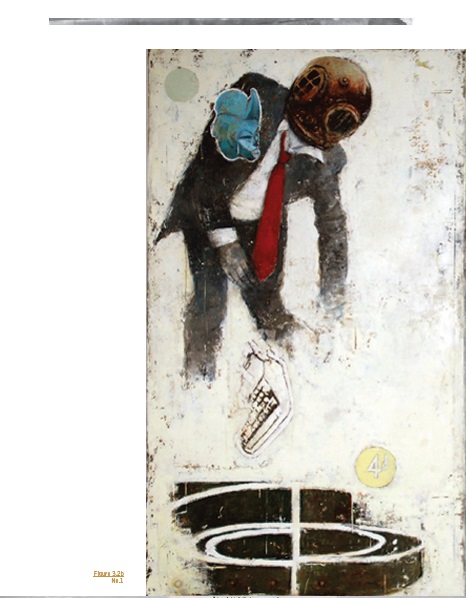
Inside: Amiri Baraka waxes poetic on the theoretics of Be-Bop; Coco Fusco flips the CIA’s teaching manual for female torturers; Karen Press and Steve Coleman instruct in folk-dancing; Dambudzo Marechera proposes a “guide to the earth”; Dominique Malaquais designs the museum we won’t build; through self-portraits Phillip Tabane and Johnny Dyani offer method to the Skanga (black music family); and Winston Mankunku refuses to teach.
Other contributors include Binyavanga Wainaina, Akin Adesokan, Isoje Chou, Sean O’Toole, Pradid Krishen, E.C. Osundu, Salim Washington, Sefi Atta, Ed Pavlic, Neo Muyanga, Henri-Michel Yere, Medu Arts Ensemble, Aryan Kaganof, Khulile Nxumalo and Walter Mosley amongst others. Cover by Johnny “Mbizo” Dyani.
Chimurenga Chronic: Brandfort, Liberation Capital [1977-86] (April, 2025)
Chimurenga Chronic: Brandfort, Liberation Capital [1977-86] (April, 2025)
A special edition of Chimurenga Chronic, exploring the intellectual, social and political work of Winnie Madikizela-Mandela during the period of her banishment in Brandfort from 1977-86.
Banished to Brandfort in 1977, Winnie Madikizela-Mandela noted that this act, carried out by the apartheid authorities, was intended “to bury me forever.” However, it was her presence that ultimately repositioned the small rural town in the Free State as a centre for black radicalism.
Before Mama Winnie was removed from Soweto, along with her daughters Zenani and Zindziswa, and dumped outside of 802 Mothupi Street, Brandfort, the town was infamous as the location of British concentration camps, during the Second Anglo-Boer war, and the once home to Hendrik Verwoerd, a man synonymous with apartheid. Mama Winnie fundamentally changed that, as she recalled, “I was never as active as in Brandfort.”Size: 185mm x 250mm
Pages: 141pp (plus cover), hardcover purfect bound
Printing: black & white and full colour illustrations, Munken Pure 90gsm with Risograph and Digital Lithograph
Language: English
ISBN: 978-1-0672228-0-2

![Chimurenga Chronic: Brandfort, Liberation Capital [1977-86] (April, 2025) Chimurenga Chronic: Brandfort, Liberation Capital [1977-86] (April, 2025)](https://d2j6dbq0eux0bg.cloudfront.net/images/13929290/4861051264.jpg)